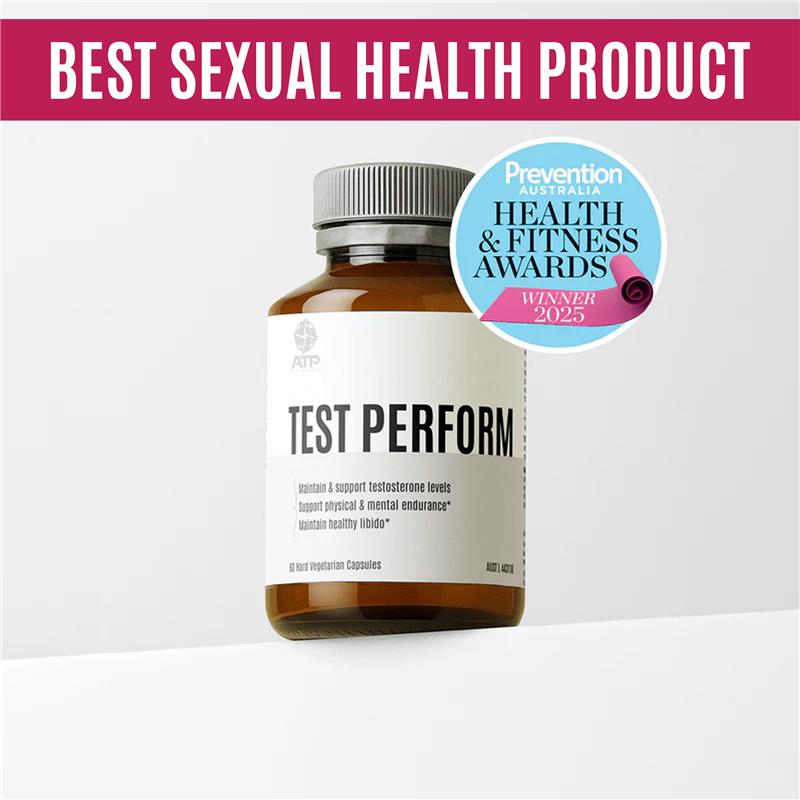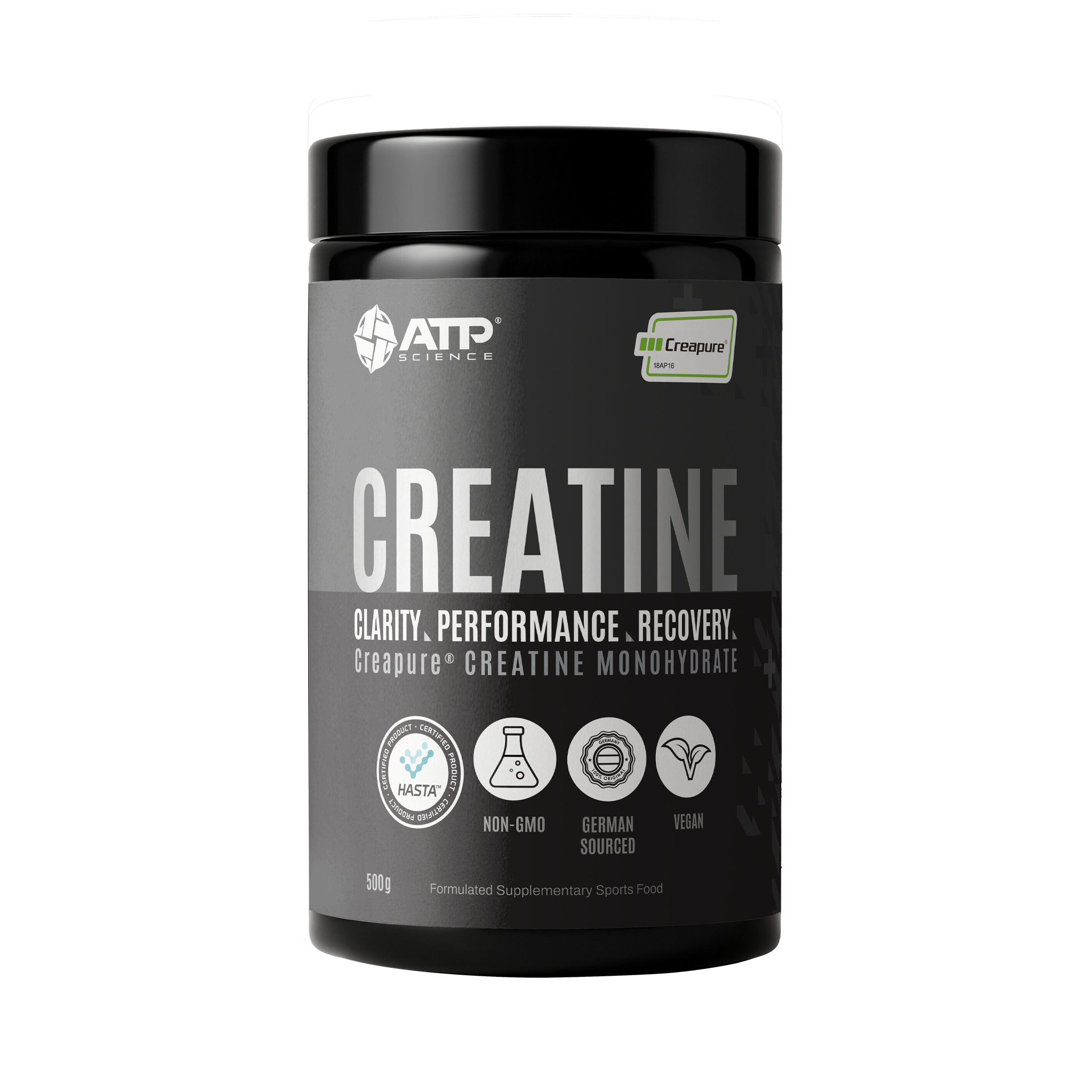Nutrient Combinations - We wanted to cover some known and some unknown aspects when it comes to what to stack together and when for supplementation and food. It's often easier to just throw everything down the hatch, chase it with a big gulp of your favourite beverage to combat the flavour or food because it’s easier on the stomach.
However, some of these habits of combination for ease can actually lead to poor or nil absorption of the nutrients you are wanting to absorb and as a result can lead us to have very expensive poo (seeing so the supplement will pass straight through you!). Below we will run through some key areas around supplementation and food combinations in separate tables to pair and avoid for better use of your nutrients and supplements.
Starting with Anti-Nutrients
Anti-nutrients are present even in the healthiest of ‘superfoods’, naturally occurring compounds that just don’t work well with others. They get thrown into the sandpit and don’t like to share the toys with the others, they steal and hoard even if they aren’t going to do anything with them. They can subtract from the positives of a healthy diet by binding up our essential vitamins and minerals.
Phytates
Phytic acid binds with many things in our intestinal tract such as vitamin B3, calcium, chromium, copper, iron, magnesium, manganese, and zinc. It also dramatically ramps up the metabolism of Vitamin D as seen in populations white high phytic acid diets[1,2]. This is a huge reason why we see food fortification in many of our grains and cereals. So, if you are taking your multivitamin or getting those beautifully rich micronutrient dense foods in at a meal, try to keep it away from your cereals and grains which are high in phytic acid.
Oxalates
Oxalates don’t notoriously affect everyone; it tends to be more based around threshold and enzymatic status of the OOR enzyme (oxalate oxidoreductase) in the digestion process for the individual that dictates their waste removal and clearance; however, Oxalates can chelate/bind with important minerals and vitamins too such as calcium, iron, zinc, and magnesium. So, even though spinach tends to be rich in iron, it only really yields 2-10% of the total iron content per serve due to these naturally occurring compounds[3]. It also respectively reduces magnesium intake too[4].
Trypsin Inhibitors
Trypsin is an enzyme that helps us break down protein into amino acids through the digestion process. It is produced in the pancreas as Trypsinogen, secreted into the duodenum, and is activated into its active form known as Trypsin. Many nutrients block and inhibit the function of trypsin which can rob us of the full benefits of protein. Legumes in particular are dominant for the foods that actively inhibit Trypsin functionality[5]. It does appear this can be controlled and drastically reduced if the legumes are soaked and then cooked, for a reduction across the spectrum of available legumes/pulses from 78-100% reduction[6].
Alcohol
This is a no-brainer, the demand on detoxification pathways, conversion of sugar alcohols, and also lack of nutritious food consumed with alcohol often coincides with depletion of micronutrients like B vitamins, plasma protein binding, hepatic blood flow, and phases of the liver detoxification pathways. It’s a non-nutritive substance that still provides a high caloric yield and takes far more than it gives[7].
Let’s get down to basics
We have covered antinutrient foods, even the best and healthiest foods contain them, however, what we haven’t covered is what to pair what and when more specifically. So, in the below tables we will break this down to simplify.
Stacking Supplements
| Supplement/Micro-Nutrient | Avoid this Combo | Complementing Elements |
| Iron | Zinc, Calcium [8] Coffee [9], turmeric [10] cereals and grains | Vitamin C rich meals or on an empty stomach with water. |
| Zinc | Iron [8] cereals and grains [1] Folic acid | Take with foods low in phytic acid or no phytic acid present |
| Magnesium | Calcium, phosphate foods, high fat foods, phytate foods, high oxalate foods. Food’s rich in B6 | MCT’s, soluble fibres, proteins |
| Calcium | Phytate foods, Zinc, iron, oxalates, high levels sodium, coffee. | Pair with foods or supplements high in Vitamin D. |
| Copper | Zinc | Citrates, animal proteins and phosphates. |
| Selenium | High levels of copper intake. | Pairs best with foods rich in Vitamin E and Vitamin C |
| Vitamin C | Competes with glucose for cell membrane penetration. | Pair with Iron rich foods to aid in the absorption of iron. Vitamin E pairs well with Vitamin C. Low glycaemic foods |
| Vitamin B | Calcium can chelate riboflavin | Tryptophan and folate rich foods aid in the absorption of B vitamins, in particular B12 and B6. |
| Vitamin D | Phytates | Pair with fat acid meals for best absorption from food. Vitamin D improves selenium absorption. |
| Vitamin A | Take away from all other minerals, calcium in particular. | Fat soluble vitamins pair best with healthy fats in a meal generally, pairs best with vitamin E. Zinc helps with uptake |
| Vitamin K | Try to consume this away from other fat-soluble vitamins (except Vitamin D), it appears to be the only fat-soluble vitamin that doesn’t pair well with other forms. Avoid pairing with vitamin A | Pair this with vitamin D and complimentary Calcium for best combos. |
| Vitamin E | Retinoic acid, alcohol consumptions. High levels of Beta Carotene can reduce intestinal uptake so be mindful here. | Synergistically – Vitamin E pairs well with Vitamin A, Vitamin C, Selenium and Zinc. In their adequate daily requirements, excessive vitamin pairing can have more antagonistic effects. So be mindful of this |
Finishing up with Iodine
We didn’t include iodine above because although it doesn’t have many antagonists to this microelement, it must be remembered that it is indeed a microelement. Many supplements now choose to include Iodine in them and across a daily regime of supplementation and a healthy diet, you may be getting too much iodine which can be harmful. There is a sweet spot with iodine and too much of a good thing can lead to issues surrounding iodine-induced hyperthyroidism[11].
The RDI for Adults 19 years and over 150mcg for reference[12].
In closing – Nutrient combination comes down to synergy
When we chose to formulate for the range, we had to keep two main elements in mind:- Supplements should always be supplemental to a healthy diet, not replacing it, so excessive vitamins and minerals in conjunction with a healthy diet could mean that you could end up with more than you need.
- People often stack supplements together – keeping this in mind when formulating so that you aren’t getting excessive amounts of minerals and vitamins when using the range correctly.
More is not always better and what you pair together matters too!
References
- Gupta, R. K., Gangoliya, S. S., & Singh, N. K. (2015). Reduction of phytic acid and enhancement of bioavailable micronutrients in food grains. Journal of food science and technology, 52(2), 676–684. https://doi.org/10.1007/s13197-013-0978-y
- High-phytate/low-calcium diet is a risk factor for crystal nephropathies, renal phosphate wasting, and bone loss Ok-HeeKim, Carmen J. Booth, Han Seok Choi, Byung-Chul Oh et. doi: https://doi.org/10.1101/816512
- Scrimshaw NS. (1991). Iron deficiency. Sci Am. 265(4):46-52
- Bohn T, Davidsson L, Walczyk T, Hurrell RF. Fractional magnesium absorption is significantly lower in human subjects from a meal served with an oxalate-rich vegetable, spinach, as compared with a meal served with kale, a vegetable with a low oxalate content. Br J Nutr. 2004 Apr;91(4):601-6. doi: 10.1079/BJN20031081. PMID: 15035687.
- TRYPSIN INHIBITORSP. Savage, S.C. Morrison, in Encyclopedia of Food Sciences and Nutrition (Second Edition), 2003
- Changes in levels of enzyme inhibitors during soaking and cooking for pulses available in Canada February 2017 Journal of Food Science and Technology -Mysore-54(4) DOI:1007/s13197-017-2519-6
- Seitz HK. Alcohol effects on drug-nutrient interactions. Drug Nutr Interact. 1985;4(1-2):143-63. PMID: 3908040.
- Carmen M. Donangelo, Leslie R. Woodhouse, Sarah M. King, Fernando E. Viteri, Janet C. King, Supplemental Zinc Lowers Measures of Iron Status in Young Women with Low Iron Reserves, The Journal of Nutrition, Volume 132, Issue 7, July 2002, Pages 1860–1864, https://doi.org/10.1093/jn/132.7.1860
- Morck TA, Lynch SR, Cook JD. Inhibition of food iron absorption by coffee. Am J Clin Nutr. 1983 Mar;37(3):416-20. doi: 10.1093/ajcn/37.3.416. PMID: 6402915.
- Smith, T. J., & Ashar, B. H. (2019). Iron Deficiency Anemia Due to High-dose Turmeric. Cureus, 11(1), e3858. https://doi.org/10.7759/cureus.3858
- Leung, A. M., & Braverman, L. E. (2014). Consequences of excess iodine. Nature reviews. Endocrinology, 10(3), 136–142. https://doi.org/10.1038/nrendo.2013.251
- https://www.nrv.gov.au/nutrients/iodine


















